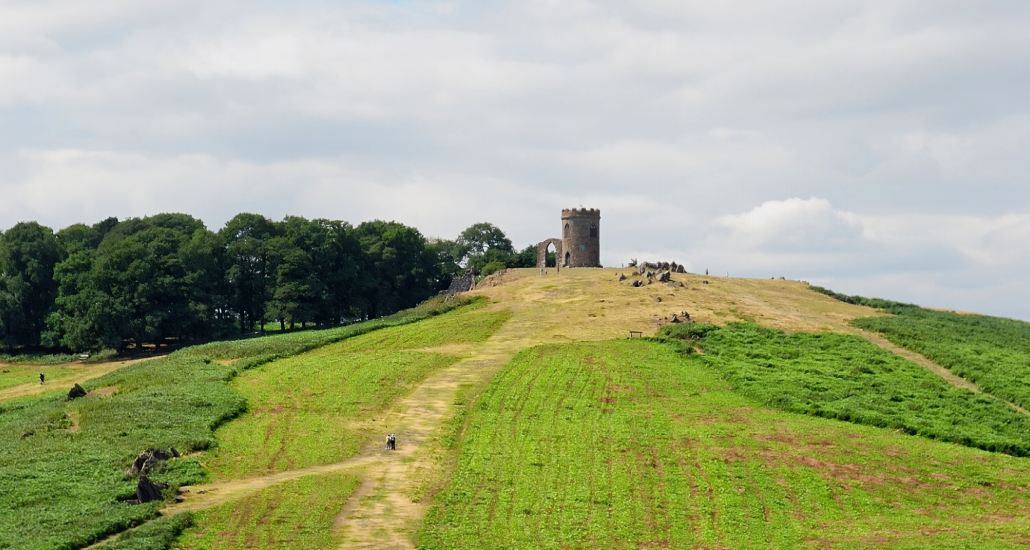DISCOVERING CHARNIA
Charnia: The Fossil That Changed the World
Learn about the unexpected discovery of a fossil that changed our view of evolution, and the research that scientists have undertaken to reveal Charnia’s hidden past…
DISCOVERING CHARNIA
The Unexpected Discovery That Changed Our View of Evolution
The crag-topped hills of Charnwood Forest had long been thought of as too old to contain fossils. But that was about to be challenged…
Explore
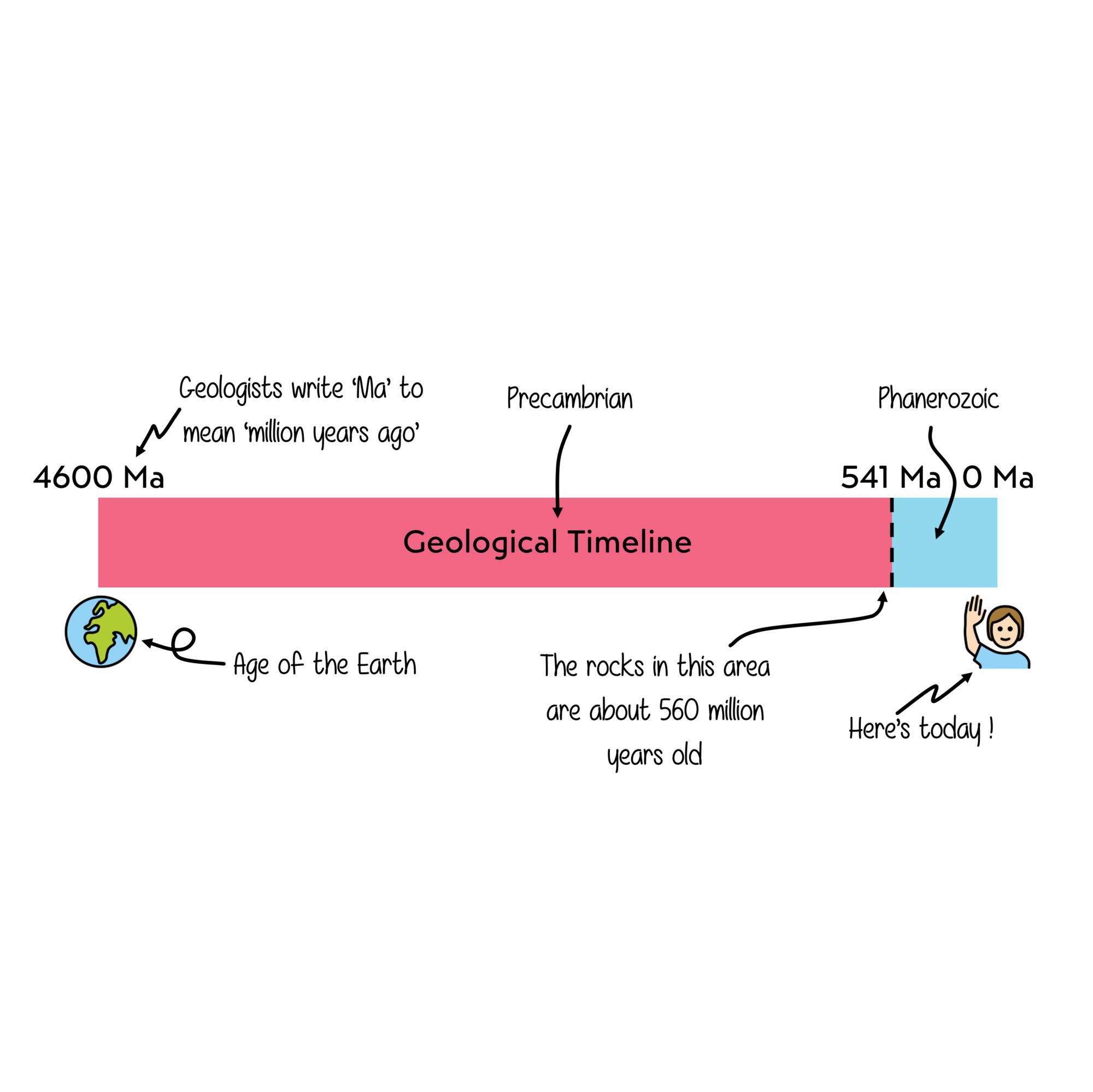
Too Old...
The rocks of Charnwood Forest have been studied by geologists for over 200 years. While there are a range of rocks within the area, those that form the crag-topped hills in the centre of the Geopark had long been recognised as Precambrian, and were therefore thought to be too old to contain fossils. The oldest fossils known to Victorian geologists were from the Cambrian period, the oldest part of the Phanerozoic eon.
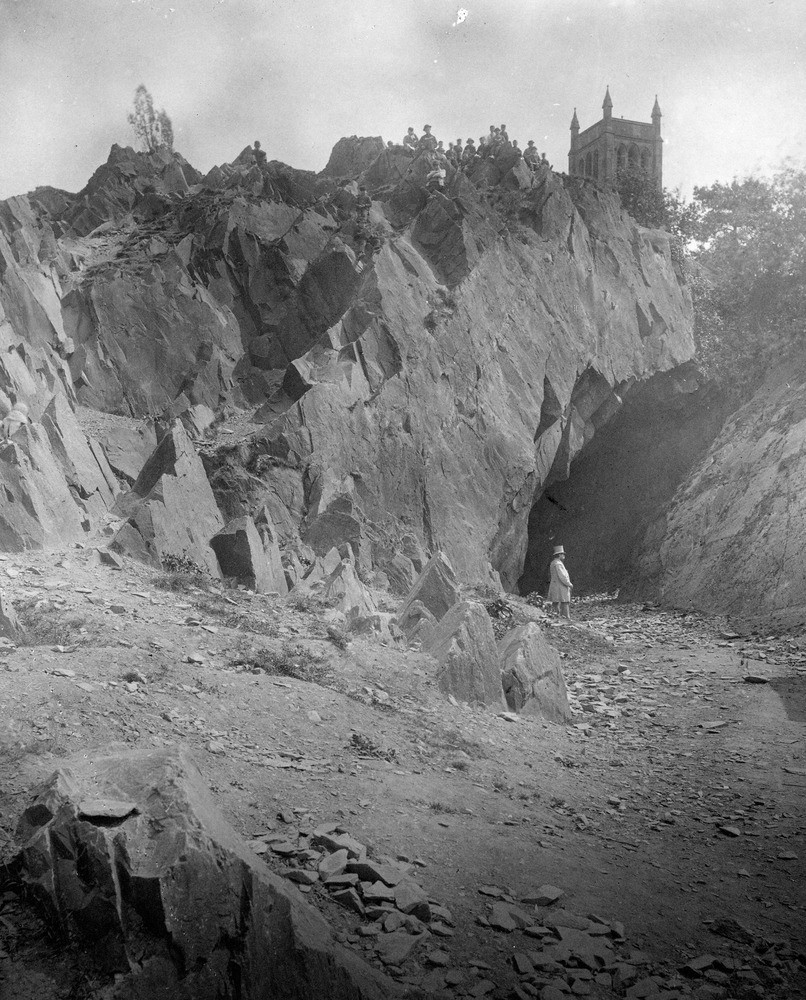
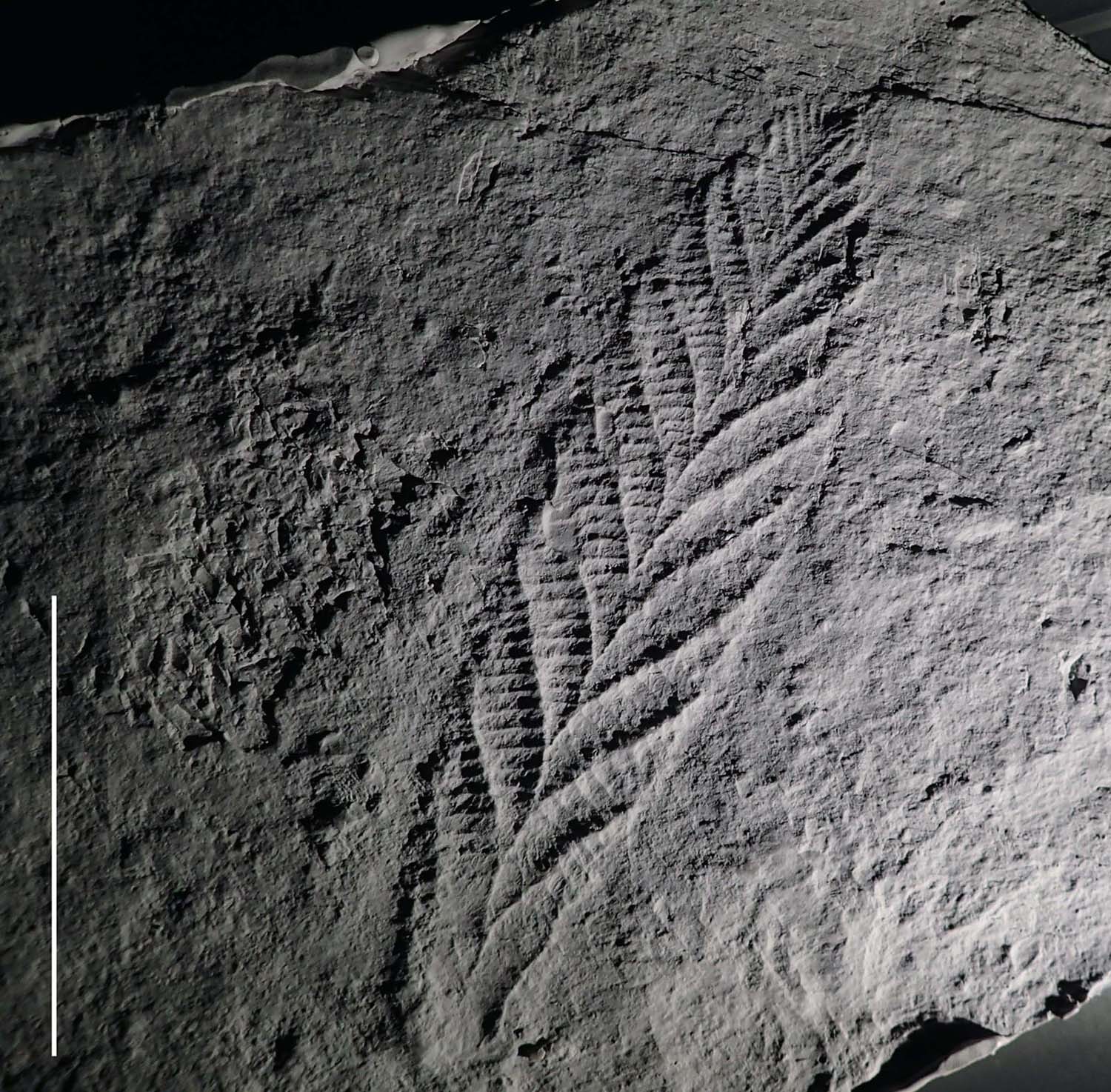
An Unexpected Discovery
In 1956 and 1957, two schoolchildren independently made a startling discovery in our region. The astonishing fossil find by Tina Negus and Roger Mason was about to upset more than 100 years of research that said their weren’t any fossils older than the Cambrian period.
Roger had spotted an impression in the rocks of Charnwood Forest, and with the support of his family, contacted a geologist at what is now the University of Leicester. Dr Trevor Ford published the discovery in 1958, naming the fossil Charnia after the Charnwood Forest region. Tina had independently spotted the fossil around the same time, but unfortunately when she informed her teacher she was not taken seriously. It wasn’t until 2007 that her role was publicly recognised at the 50th anniversary of Charnia’s discovery.



Scientific Publication
The discovery was published in 1958 by Trevor Ford, in the journal Proceedings of the Yorkshire Geological Society. The full name of the fossil is Charnia masoni. The first part is the generic name and identifies which genus the fossil belongs to. This is always written with a capital letter at the start. The second part is the specific name, and identifies which species the fossil is within the genus. The species name is always written in lowercase. The species is named after Roger Mason, who informed Trevor Ford of the fossil. In 1958, Dr Ford thought that they had found fossilised algae. We now know Charnia was an animal.
The picture to the right shows Dr Ford with an enlarged photograph of Charnia.
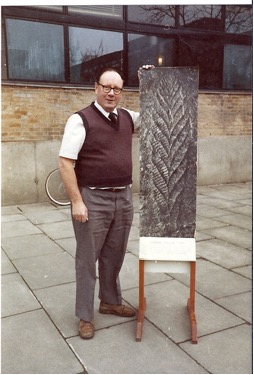

The Oldest Animals
While fossils much older than Charnia have now been found, it remains some of the oldest evidence of animal life. Alongside related fossils found more recently at the Mistaken Point UNESCO World Heritage Site and Discovery UNESCO Global Geopark, both in Newfoundland, Canada, Charnia is key to our understanding of how animals first evolved, more than 560 million years ago.
Since its discovery in Charnwood Forest, Charnia has also been found in Australia, Canada, China, and Russia.
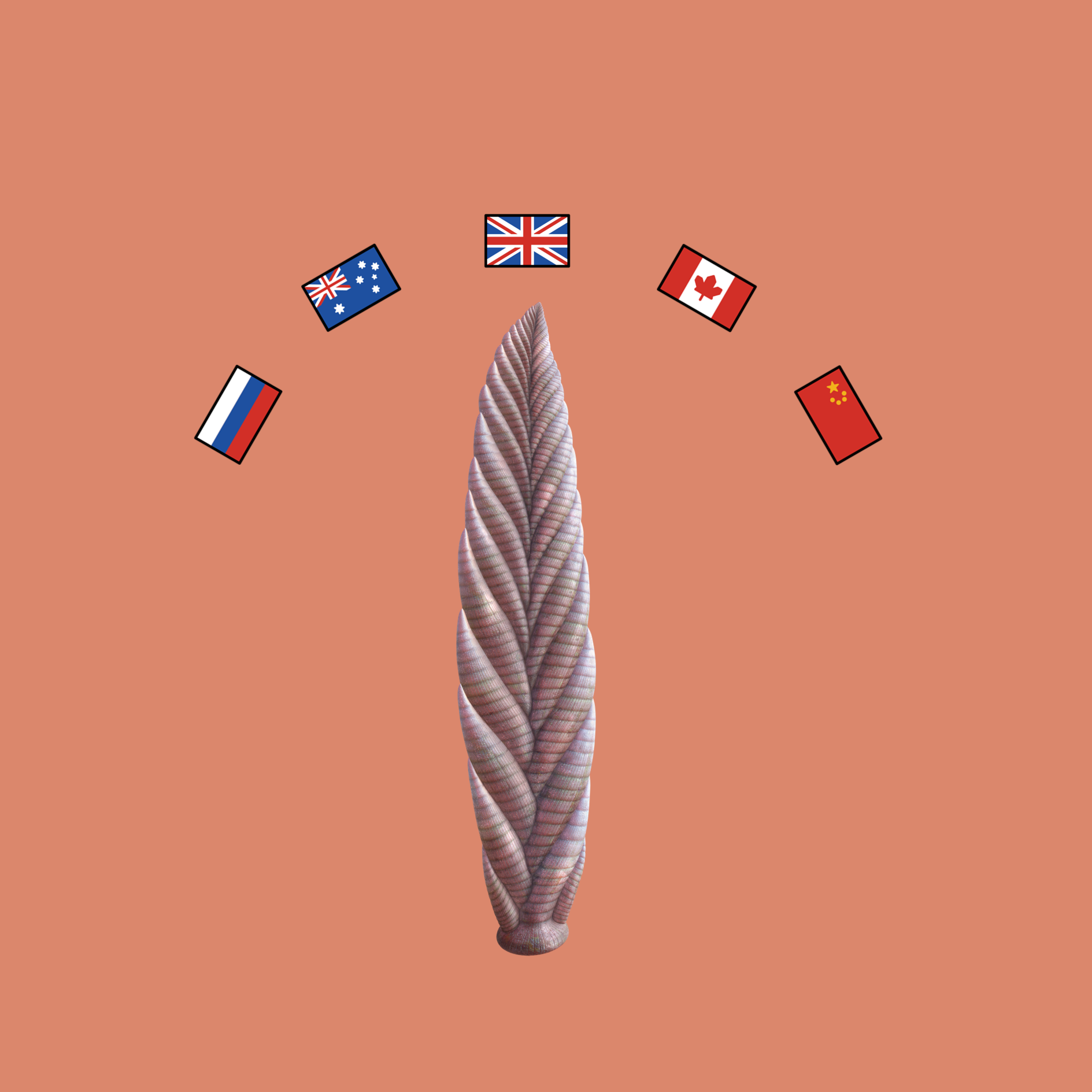
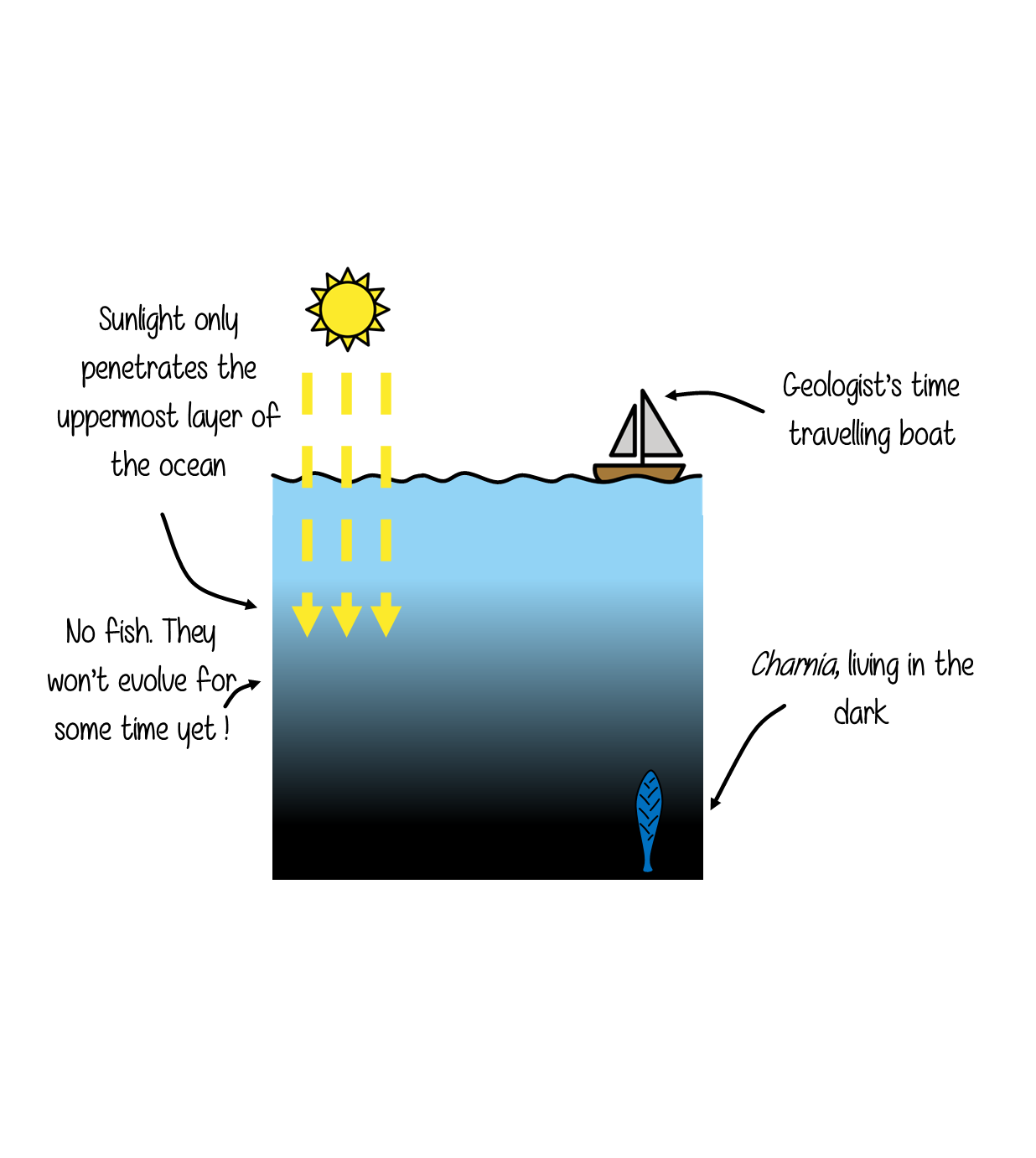
Creatures Of The Deep
Working out what Charnia and the other fossils of Charnwood Forest were has been an ongoing challenge since their discovery. One thing that makes this so hard is that Charnia lacks a number of the features that would make classification much easier.
Luckily the rocks they were discovered in can be of help. The sediments that made these rocks were deposited by undersea avalanches of water, silt, and sand – a process called a turbidity current – that are found in deep sea environments. But how does that help us work out what Charnia is?
Many people sensibly ask if Charnia was a plant, as it does look a lot like a fern. But we know the deep sea is dark. And plants cannot survive without light, as they need it to produce energy through the process of photosynthesis. For this reason we know Charnia could not have been a plant.

Not Alone
Several other fossils have also now been found in Charnwood Forest. These include Charniodiscus, a fossil named after Bradgate Park and the village of Newtown Linford called Bradgatia linfordensis, and Hylaecullulus.
The most recent discovery is a Y-branched organism with tentacles that scientists described as a fossil cnidarian – the oldest predatory animal yet described. It was named Auroralumina attenboroughii.
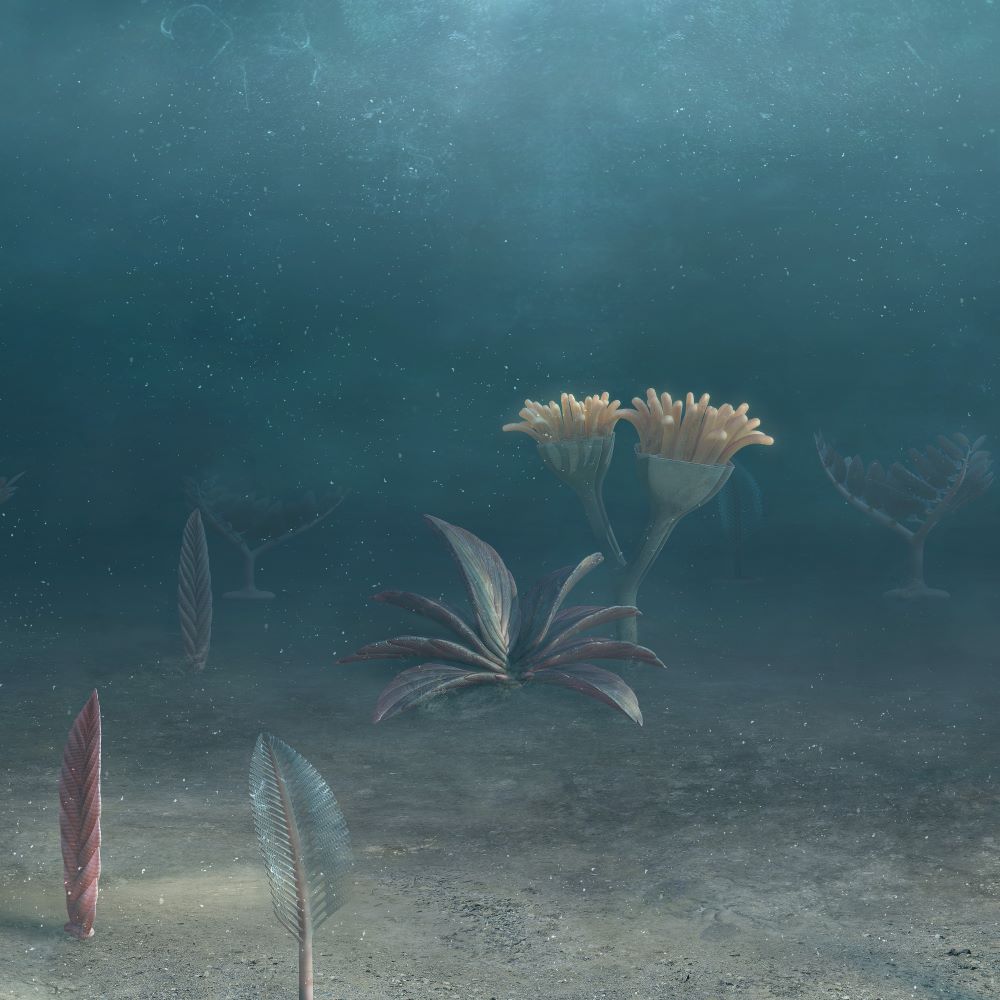
New Insights Into Ancient Fossils
In 2021, an international research team revealed that the fossils of Charnwood Forest are more complex than previously thought. By carefully looking at different sized specimens of Charnia, all found at a site in this area, the group were able to better understand how this fossil grew. This was pivotal to revealing what type of animal Charnia was.

Led by Dr Frankie Dunn at the Oxford University Museum of Natural History, the team also analysed a remarkably well-preserved specimen of Charnia found in Russia. Using state of the art x-ray imaging technology, they were able to look within this more than half-a-billion-year-old animal for the first time, and further understand how this strange creature both lived and died.


More Complex Than Previously Thought...
Using the new information about the internal structure of Charnia and how it grew, Dr Dunn’s team conducted a study that compared the characters Charnia has, to those of other organisms.
As shown on the right, they were then able to construct a cladogram, revealing that Charnia was not only an animal (a metazoan), but more specifically a eumetazoan.
A cladogram is a kind of family tree for organisms, showing how they are related to each other.

Dr Frankie Dunn:
“We found that Charnia was most closely related to the living group of animals that includes everything from jellyfish to insects to us – a group called the Eumetazoa. Today, most of the animals we see are eumetazoans, so understanding their origins is a really important question. By showing that Charnia and its closest relatives were eumetazoans, we have also shown that the origin of this group must be at least 25 million years older than previously thought.”

Discover Our Geodiversity
Delve deeper into the amazing stories of Charnwood Forest Geopark, stretching back nearly 600 million years.
